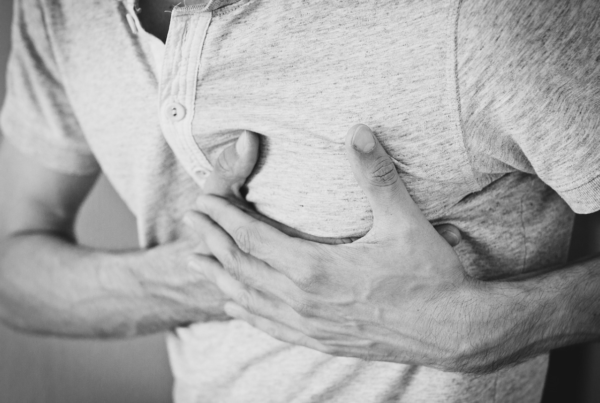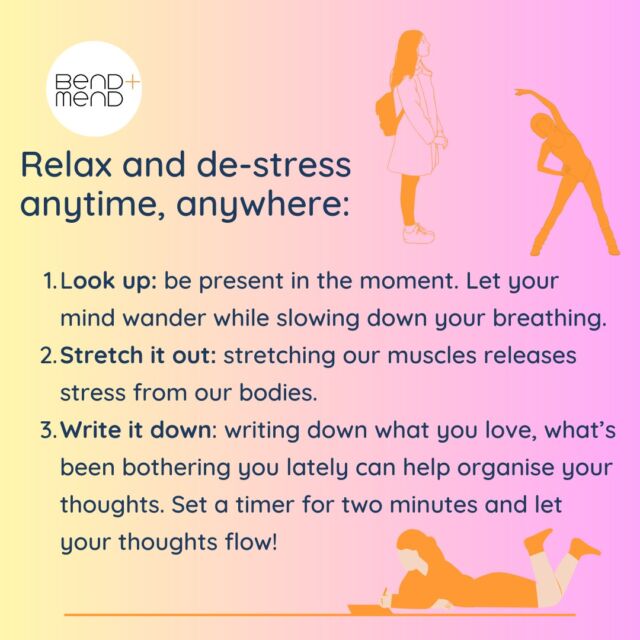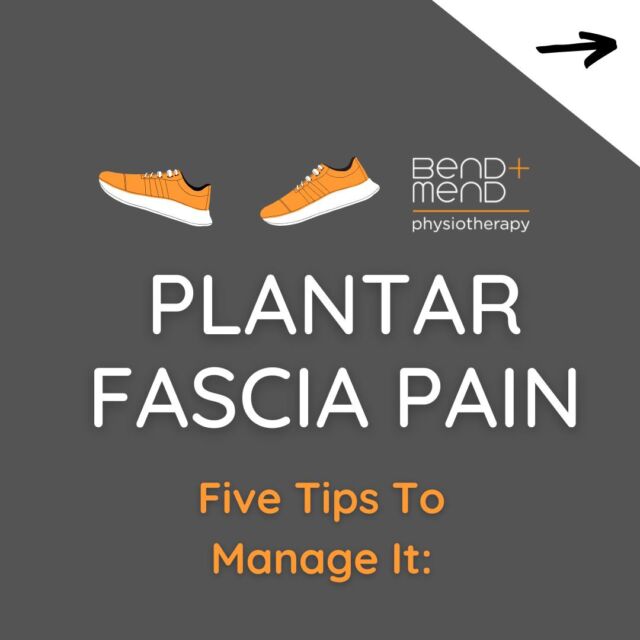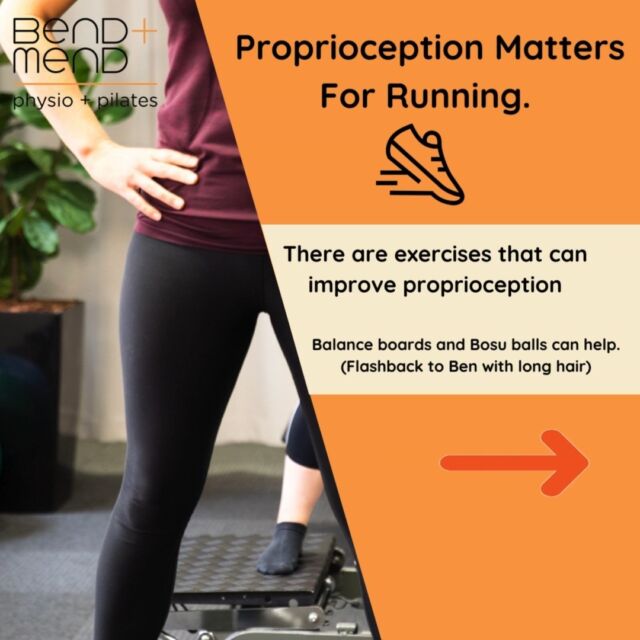Cycling is an activity that places significant postural demands on our bodies. A study of non-traumatic injuries in long distance bicyclists published in the American Journal of Sports Medicine states that neck and shoulder pain occurred in 20.4% of the riders. Luckily while neck and shoulder discomfort can occur in all cyclists, it is preventable.
The majority of shoulder problems develop from microtraumatic events occurring due to poor joint biomechanics and muscle imbalance. Microtraumatic shoulder injuries happen in a predictable pattern: shoulder impingement > tendonitis >bursitis > rotator cuff injury.
This leads to the upper crossed syndrome (UCS), a predictable pattern of muscular compensation and postural imbalances in the body. Faulty movement patterns on a poor postural base contribute to habitual overuse in some joints, while they minimise normal movement in others, thus creating a self-perpetuating cycle of dysfunction and eventual injury. Eek!!
So as we said a lot of shoulder problems develop due to static overuse – for example, the position held on a bike, or at your office desk, or a combination of both.
This static postural overuse causes the anterior neck and chest muscles to become tight and shortened, the muscles that attach to the shoulder blades become weak and stretched and the front neck muscles are held in a permanently shortened state. This all results in a posture where the head is held forward over the chest, the shoulders are rounded and a hunch develops through the upper back. Not pretty!!
With the spine and muscles now held in this position, strain is put through the joints of the neck and upper back and can cause symptoms such as headaches and pain in the neck, upper back and shoulders. Due to the rounded shoulder posture, the mechanical axis of rotation of the shoulder socket becomes altered, the arm now requires additional stabilisation from muscles that not typically designed for that function. Over-development of these muscles can create problems leading to shoulder impingement, tendonitis and bursitis.
If that wasn’t bad enough, it can also lead to a condition called thoracic outlet syndrome where the nerves that supply the arms and hands become irritated from shortened tight muscles in the neck and chest and can cause symptoms such as pins and needles, pain or weakness in the arms, hands or fingers.
Hold on it gets worse, if someone with UCS swims, bikes, or runs, it will exacerbate the faulty mechanics and cause excessive wear to the skeletal system, muscles, and tendons and ligaments. Additionally, UCS will also hinder performance by depressing the sternum; meaning you can’t breathe, which is rather important for endurance athletes!
Breathing problems are due to the rib cage not being able to fully expand for lung inflation. As well as the lungs being compromised, there is less cavity space for the stomach and intestines and this can lead onto IBS type symptoms such as constipation, abdominal pain and bloating or regular bouts of indigestion.
Treatment
You can correct UCS by strengthening what’s weak and stretching what’s tight. Sounds easy right? It usually is. Management requires a specific strengthening and stretching program so if this sounds familiar call us at Bend + Mend for a Physio appointment. As Physiotherapists with expertise in Pilates and Ergonomics we are perfectly suited to get you balanced out!







